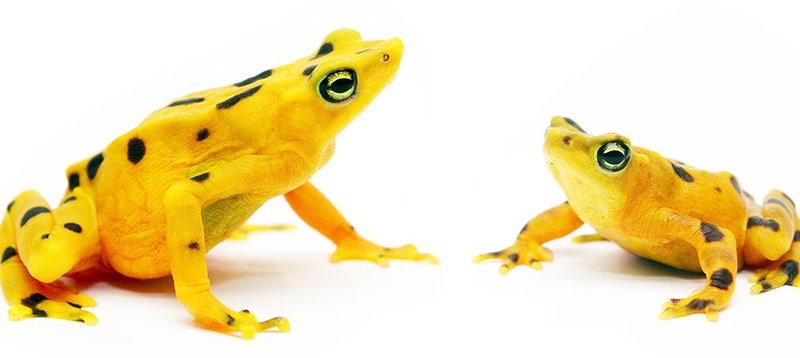One of the coolest features of the once-abundant Panamanian golden frogs is their wave, says Tulane University professor Cori Richards-Zawacki. It’s a behavior that makes them seem almost human. Sitting on the edge of a riverbank these gold and black beauties catch the attention of the opposite sex by raising one arm in a circular motion, and waving at one another.
Scientists studying golden frogs today aren’t as fortunate. The last time anyone reported seeing a Panamanian golden frog in the wild was in 2009, after a deadly fungal disease called chytridiomycosis (or chytrid) swept through the Neotropics, wiping out entire amphibian species in its wake.
The devastating pathogen is still in the environment today. And a group of unwaveringly optimistic and impassioned scientists have launched a full-scale investigation into the myriad options for a defense, from the search for a protective shield of bacteria to the quest to understand the genes that could be responsible for resistance—anything that could give golden frogs a leg up.
“The whole point of the research is to figure out how to get these guys back out in the wild,” says Matt Becker, who is a researcher at the Smithsonian Conservation Biology Institute in Panama.
Note from Storm: I’ve been to Panama many times (most recently 2014): it’s one of my favorite places on the planet, both for its spectacular wildlife and its lovely people. I look forward to the day when I can watch golden frogs waving to each other long the many beautiful Panamanian jungle streams.

